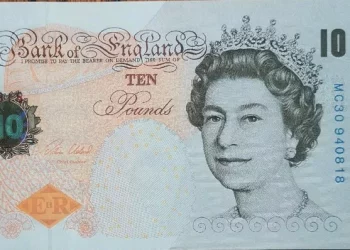The foreign exchange market has a new atmosphere every day. How to maintain profit in the foreign exchange market is a matter of concern for many foreign exchange traders.
In fact, if you want to remain profitable in the foreign exchange market, you need to create a suitable foreign exchange trading system.
So how do you create your own forex trading system?
I. Matters needing Attention in the construction of foreign exchange trading system 1. Market analysis.
We need to figure out who we’re going to trade with, what products, what markets, what stocks, what currency pairs, what commodity futures?
Although the principles of investment markets have great similarities, there are also great differences in the trading systems and the attributes of trading varieties of different trading systems.
As an audience, we are all different.
In the complex environment, we need to choose a suitable market for ourselves.
2. Know the market.
After determining the trading object, we need to carefully study the attributes of trading varieties and understand our own trading environment and current trading background.
3. Identify trends.
Judging the trend is whether we are long or short, the trend is the root of our profits, here is not much about the method of judging the trend, I believe it is also the blind people feel the elephant, find the most suitable for their own judgment.
4. Make a plan.
Next, we need to make a personalized trading plan of our own. On the premise of determining the trading object, trading background and trading direction, the trading plan must also be clearly determined.
5. Execute the trade.
When the plan is confirmed, we must strictly carry out our trading plan once we enter the market and do not have any reason to change our plan unless the market is out of control.
6. Position management.
Position management is one of the most important parts of the trading system and we have to have a red line in mind to understand when we need to stop trading, when we need to increase our position, and under what circumstances we need to use what percentage to trade.
7. Transaction summary.
A good trading system requires us to make a statistical summary after each transaction to find the problems in our trading system and improve the efficiency of our trading system.
Today, FW Xiaobian will teach you three steps to build a trading system.
This system is a moving average crossing system, using moving averages to determine whether to go long or short, and to determine the exact entry and exit time.
Build the trading system in 3 simple steps :1. Determine the time frame 2. Determine the entry signal 3.
Determine the departure signal trading set on the daily chart for trading (band trading);
The 5-day simple moving average applied to the closing price;
The 10-day simple moving average applied to the closing price;
Random index (14,3,3);
RSI index (9).
The entry rule is to go long when the following conditions are met: ? 5 SMA is over 10 SMA, and both random indicator lines are on the rise (if the random indicator line has entered the buy/short area, do not enter the trade);
? RSI indicator reading greater than 50.
Sell short if the following conditions are satisfied: ? 5 SMA below 10 SMA, and both random indicator lines are trending down (do not enter the trade if the random indicator line has entered the short zone);
? RSI indicator reading less than 50.
2. Exit rule When the 5 SMA and the 10 SMA cross in the opposite direction of the trade you set, or when the RSI indicator reads 50, or when the trade reaches a 100-point stop, exit.
If the daily chart moves too slowly for you, try another time frame.
Remember, the lower the time frame, the higher the likelihood of false signal trading.
These trades satisfy the rules of entry, but ultimately allow you to cut your losses and get out.
Finally, only a trading system that is followed is effective!
You need to be disciplined and follow the rules!
Trading discipline is the guarantee of long-term profitability, which is what we have repeatedly emphasized. I hope you will keep that in mind.



























